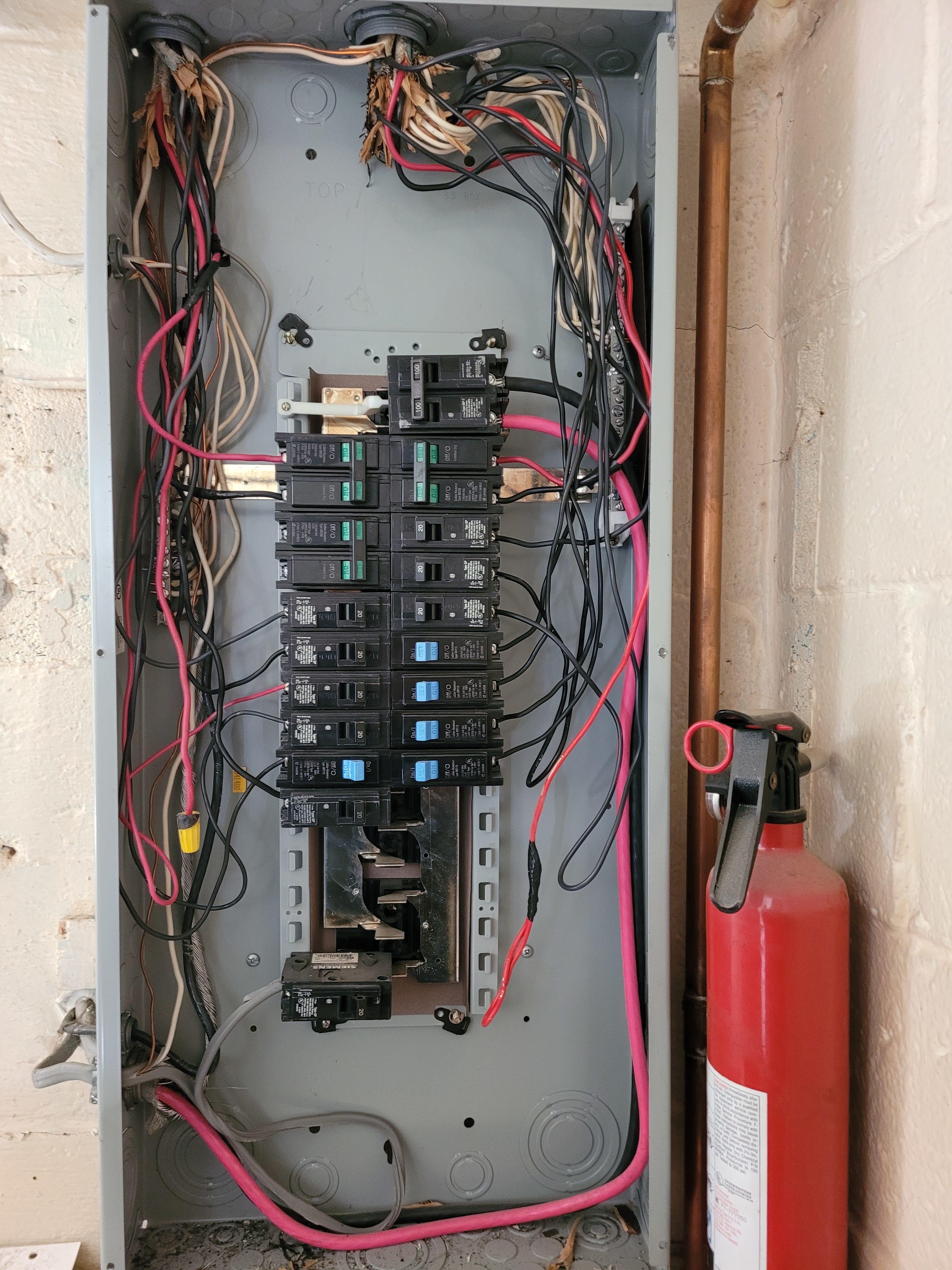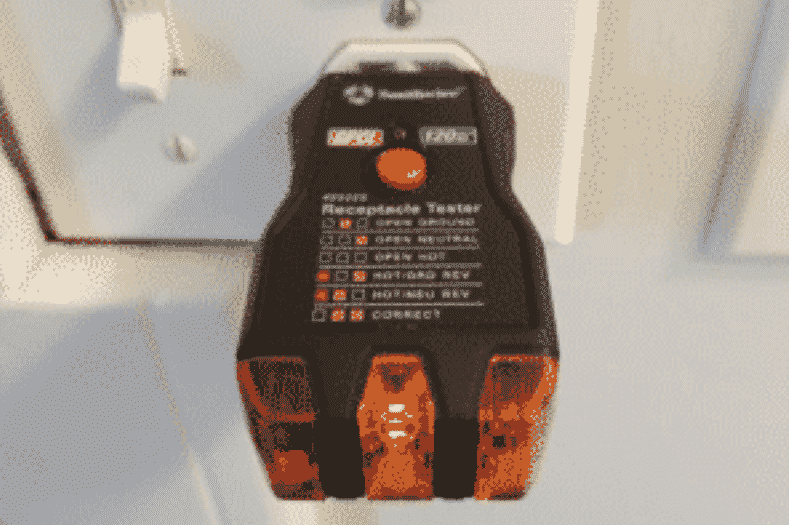Don’t panic if your house has Multiwire Branch Circuits
This article is about the multiwire branch circuit wiring technique in home electrics. It is not common. This panel might appear like that you would find at any home, but there is a key difference that a knowledgeable inspector should recognize and explain.But first, let’s cover some basics to set the stage.Conductor -> Wire -> CableA conductor is the metal that carries electricity. That metal is copper or aluminum. A wire is a bare conductor or a conductor covered with a plastic insulator. So, whether we say conductor or wire, it is the same for practical purposes. Two or more wires covered in a sheathing or jacket is a cable as shown.Home electrical systems are mostly single strand insulated copper wires in 2-, 3-, or 4-wire cables. For this topic, we focus on 3-wire cable.Typical use of 3-wire cable3-wire cables are most often used in one of these ways:In 240 Volt … Continued


